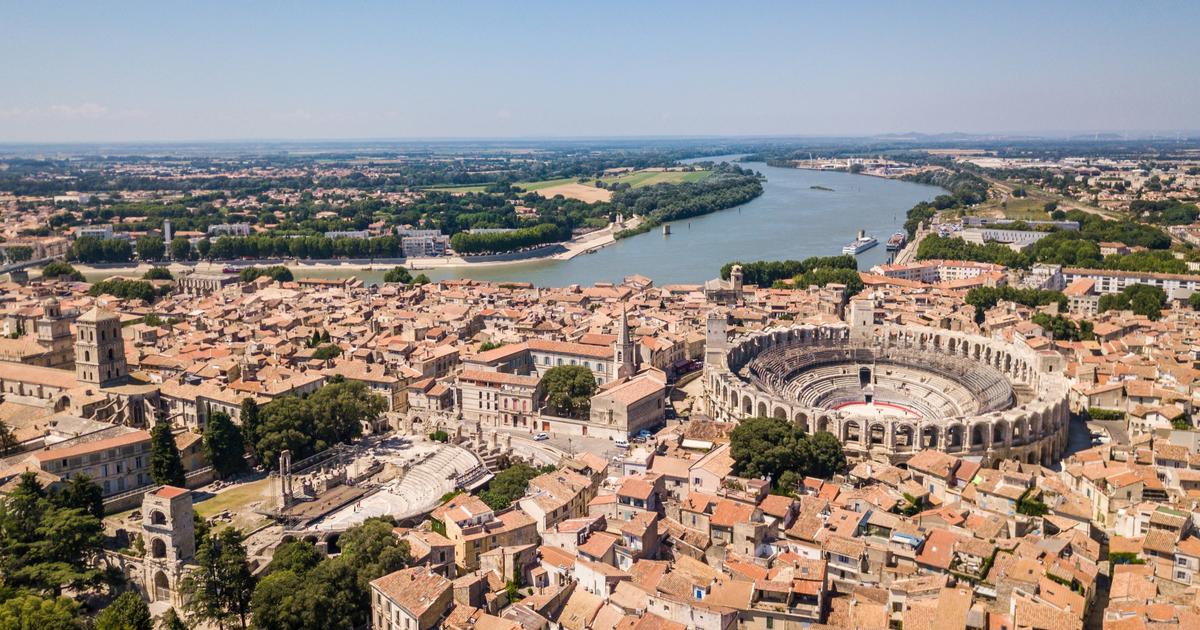With its 50,000 inhabitants, one might believe that it is a municipality among many others.
And yet, Arles (Bouches-du-Rhône) holds a record, that of being the largest in mainland France.
Its surface area of 758.9 km² almost equals that of New York City (783.8 km²).
“
Its population is distributed between the central urban area and eleven villages, the furthest of which is located nearly 40 km from the city center
,” we can read on the municipality’s website.
A sign of its immensity, Arles extends to the mouth of the Rhône on the Mediterranean and it takes almost an hour by road to reach its wild beaches (Piémanson, Beauduc, etc.) from its emblematic amphitheater Roman.
In terms of surface area, Arles is followed in mainland France by Val-Cenis (Savoie) and the neighboring commune of Saintes-Maries-de-la-Mer (Bouches-du-Rhône).
By comparison, Paris (105 km²) is seven times smaller while Marseille (240 km²), second in population, is three times smaller than Arles.
To be precise, Arles is “only” the largest municipality in the metropolis.
It is in Guyana that the largest French commune is located.
With its 18,360 km², Maripasoula, located in the heart of the Amazonian park, represents one and a half times the surface area of Île-de-France.
Bordering Brazil and Suriname, it alone extends over a quarter of this overseas territory.
Roman arenas and pink flamingos
The village of Salin-de-Giraud, part of the commune of Arles, is known for its salt marshes and its flamingo observation points.
In the background, the Faraman lighthouse.
Richard Semik / Richard Semik - stock.adobe.com
The “little Rome of the Gauls” is in the spotlight every September during the Rencontres d’Arles, an internationally renowned photography festival.
The rest of the year, the Roman arenas, the thermal baths of Constantine and the Alyscamps necropolis constitute the main places of interest of the destination, classified as a City of art and history and included on the world heritage list of the 'Unesco.
Van Gogh, who lived in and around Arles for sixteen months, painted most of his masterpieces there, such as
Le Café de Nuit
and
Van Gogh's Room in Arles
.
In addition to a foundation that bears his name, the artist is entitled to a marked circuit through the streets of the city following in the footsteps of the places where he set up his easel.
The new Luma foundation, designed by architect Frank Gehry and opened in 2021, constitutes the new temple of contemporary Arlesian art.
Most of the territory of Arles extends over the Camargue regional natural park, wedged between the two arms of the Rhône.
A place for observing pink flamingos, white horses and bulls, the park, the oldest nature reserve in the metropolis, is also a place for growing rice, salt and wine.
The ViaRhôna cycle route, a greenway built along a canal, is undoubtedly the best way to travel from the salt marshes of Salin-du-Giraud to the Rhône delta before finally reaching the Mediterranean.
IN VIDEO
- Ardèche is the only French department not served by trains

